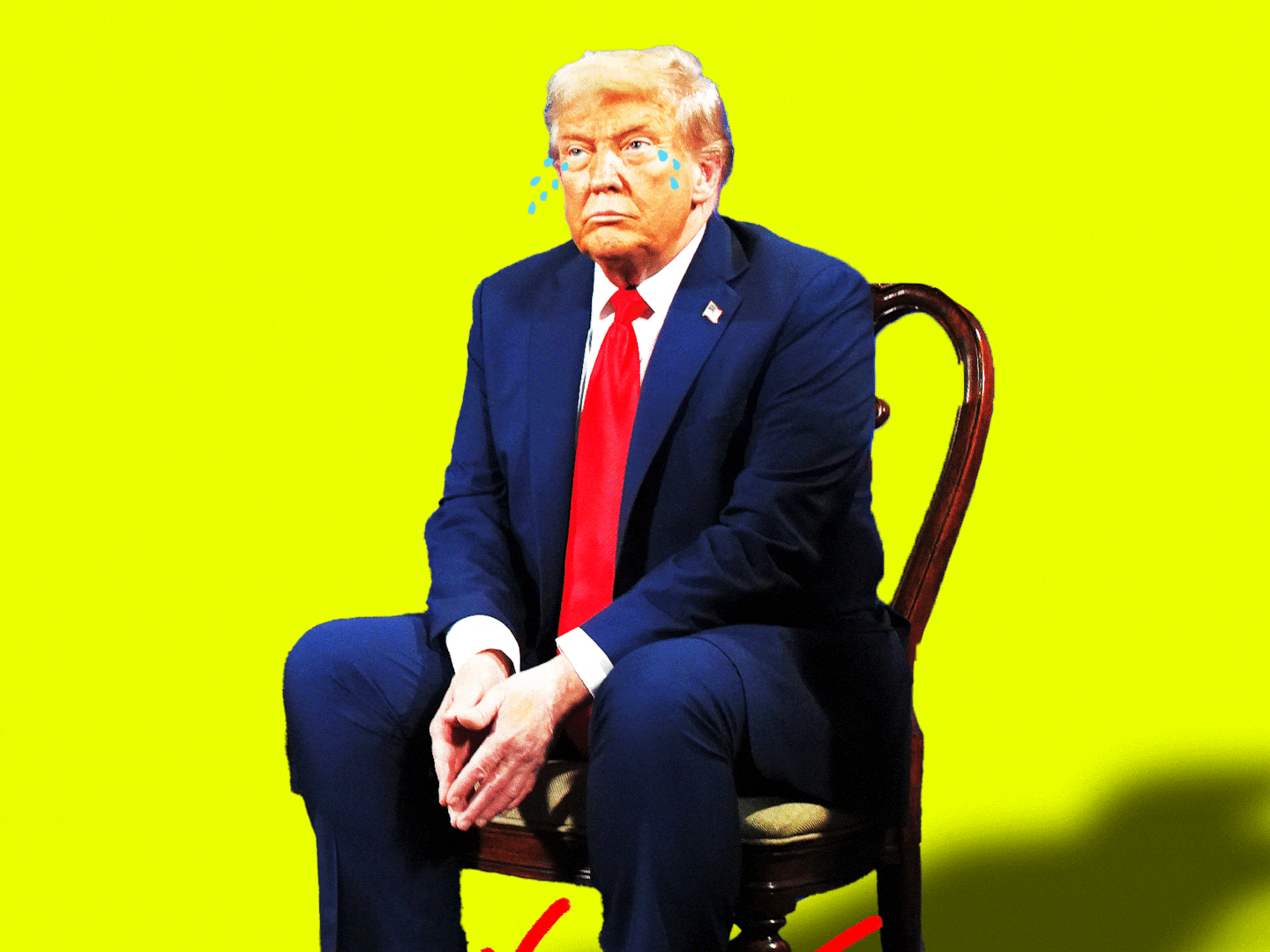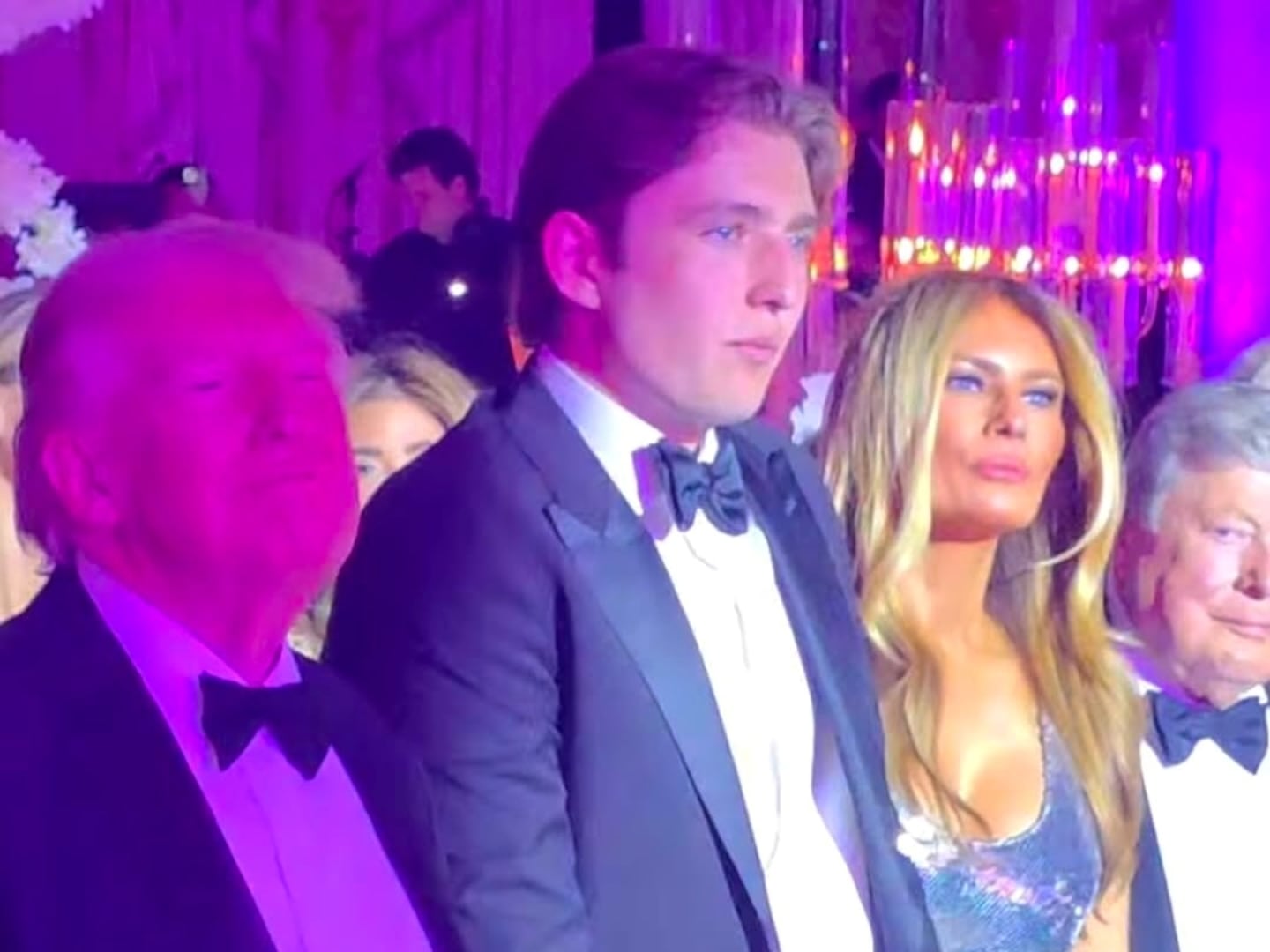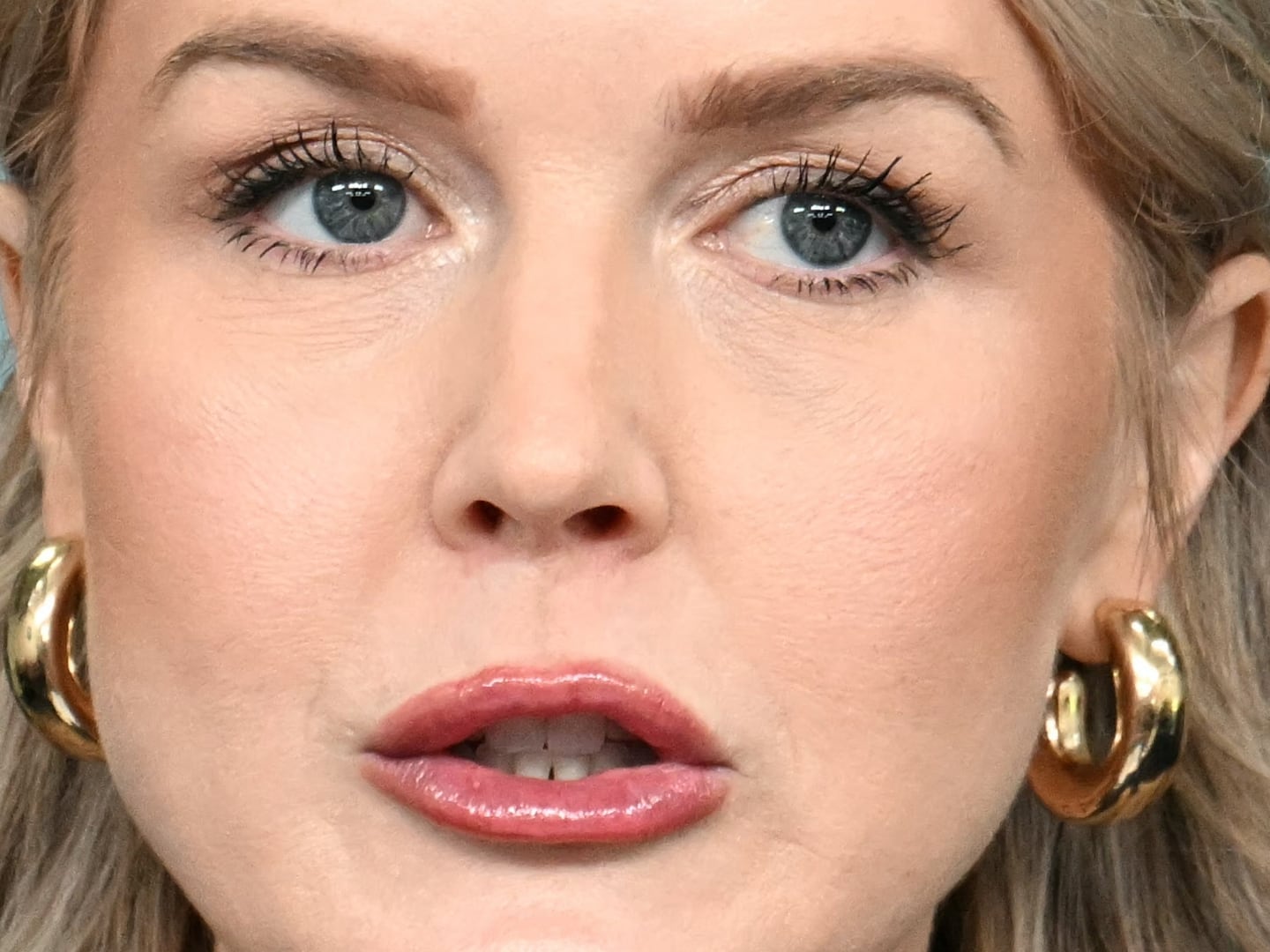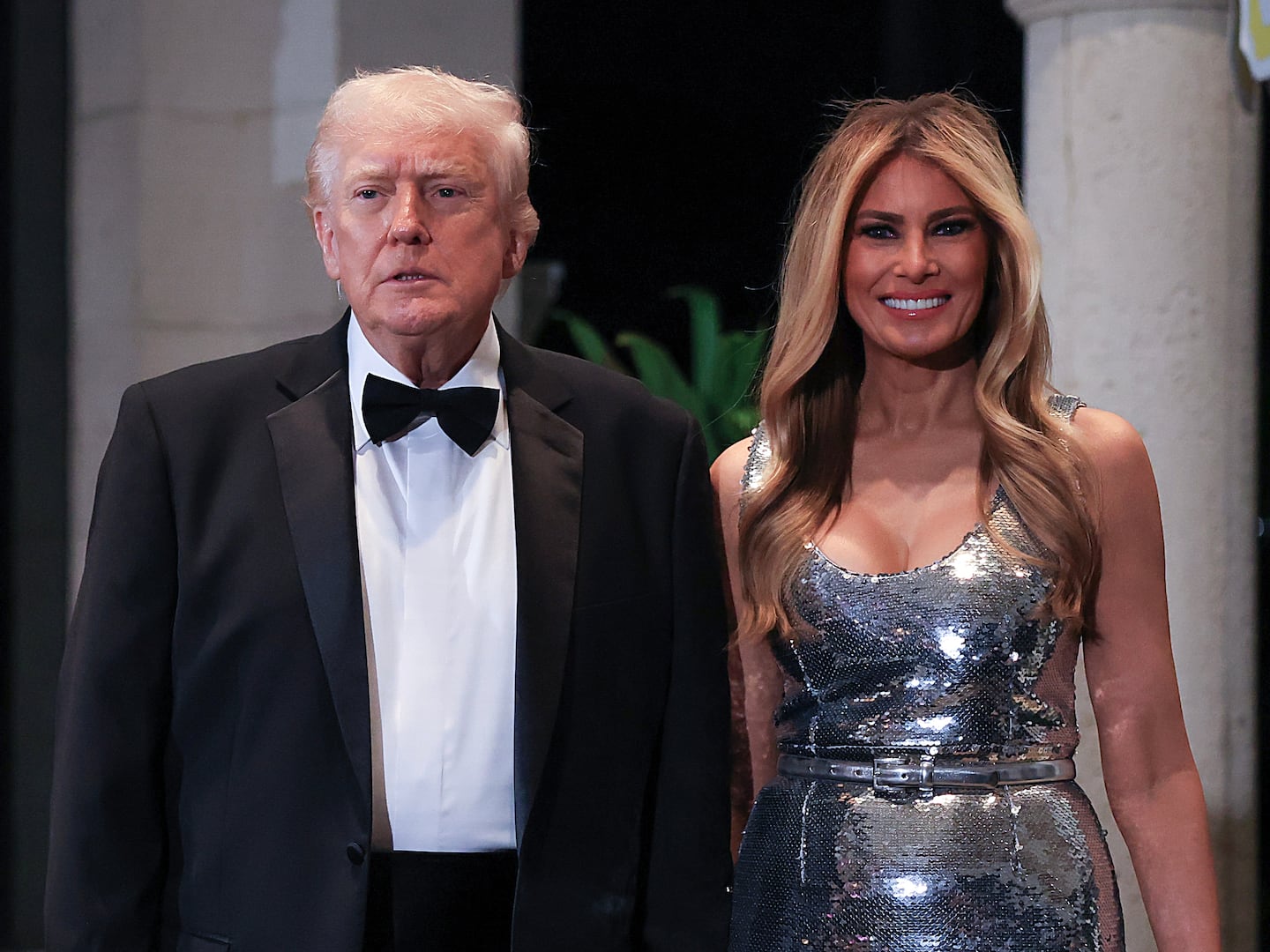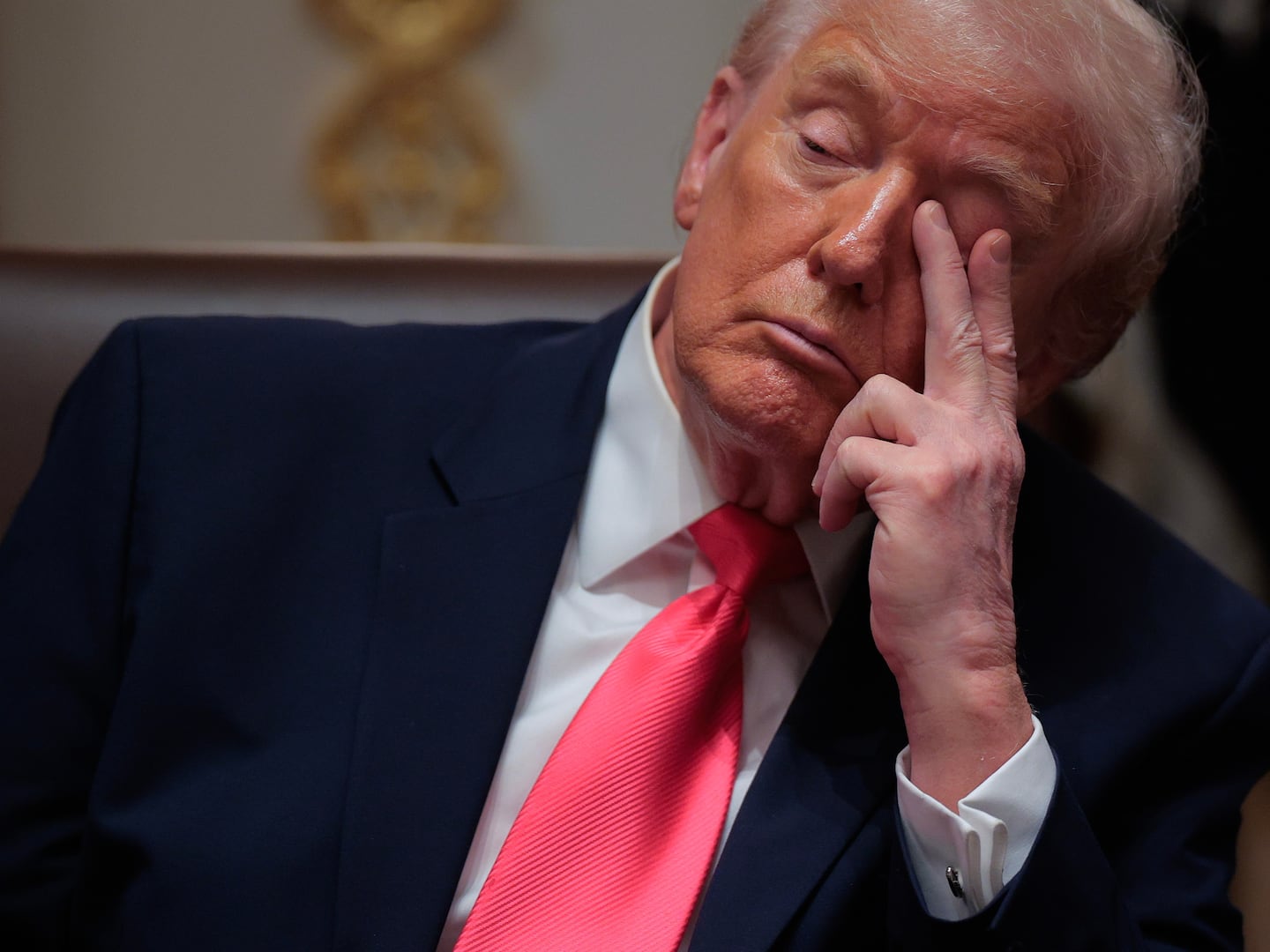The magazine editor who called that afternoon long ago had a simple, blunt question for me: “How do you feel about the Grateful Dead?”
Having bought Workingman’s Dead when I was 13, I didn’t have to think too long about it. “Well, I love that band, and I grew up with those records,” I replied. “Uh, why do you ask?”
“Well,” he said, “they have a new record coming out.” And in a phrase I recall as clearly as he first time I heard “Casey Jones” on an FM clock-radio, he added, “And I’m trying to find someone to write about it who doesn’t hate the mere fact that they exist.”
So it once was when it came to the Dead, both one of America’s most adored and most polarizing institutions. You either were entranced or fascinated by their music, iconography, and mystery as many of us were—or you dismissed them as noodling hippies stuck in the past, with an overly devoted tie-dyed fan base to boot. My conversation with that editor also revealed how, not terribly long ago, the Dead were largely dismissed or despised in the rarified world of pop criticism. Since I was still new to the publishing world when that call came in, I wondered afterwards how many writers he’d had to track down before settling on me. (And I was glad to take on the assignment.)
On and offstage, the Dead were many things: funny, loopy, chaotic, indulgent, clannish, exploratory, bad-ass. The one word rarely attached to them was “cool,” since they seemed to live in a world where those sorts of designations didn’t matter or apply. In fact, many things about them seemed pretty cool—the gritty intensity of their early jams, Jerry Garcia’s chopped-off partially missing finger, the late keyboardist Ron “Pigpen” McKernan, who looked like a well-fed biker. But the sometimes interminable Drums segment that became part of their live repertoire? Not “cool” by traditional hipster standards. Bob Weir’s fondness for polo shirts onstage? Definitely not trad cool, either.
But in the last few years, something even stranger than the improvised, proudly edgy Space segments of their shows has happened. Haters will always hate, as they say, but the Dead have taken on an aura of respectability, one of the last uncompromised and uncompromising organizations in pop culture.
The signs of the Dead’s new respectability in that area aren’t the truckloads of ticket requests that arrived for “Fare Thee Well,” the upcoming wave-goodbye shows featuring the “core four” surviving members (Weir, Phil Lesh, Mickey Hart and Bill Kreutzmann). Rather, the indications lie with the Williamsburg types seen wearing T-shirts emblazoned with the Dead’s signature “Skull and Roses” logo. Or the in-the-works tribute album being spearheaded by members of the National and featuring similar indie rockers. Or the 20something sister of a work colleague who only listens to EDM and tapes of Furthur, the in-limbo Dead offshoot band based around Lesh and Weir.
The image of the Dead as improvisers, stretching out a melody to a half hour as if they were jazzers, will remain part of their legacy (and one that often turns off outsiders). But those songs—and their enduring quality—have to account for at least some of the Dead’s rehabilitated image. Thanks to Garcia’s background in American roots music and his love of melody, their songs have endured, covered by country, reggae, folk and rock bands. That’s surely part of the reason Universal Music obtained the rights to their catalog last year and why Garcia and his longtime partner, lyricist Robert Hunter, will be inducted into the Songwriters Hall of Fame next month, where they’ll take their rightful places alongside everyone from the Gershwins to Lennon and McCartney. The longstanding gripe against the band—that they couldn’t write a song to save their lives—has been disproved time and again. (Such is not always the case, of course, with many of the “jam bands” that have followed in their wake.) It’s easy to imagine “Casey Jones, “”Uncle John’s Band” or even a later ballad like “Black Muddy River” being performed 100 years from now, assuming there’s still a planet on which to sing them.
Beyond the music, the Dead can now be seen as embodying a degree of integrity and authenticity we rarely see anymore in pop culture. As I researched So Many Roads, I repeatedly came across examples—in interviews and documents—of the ways in which the Dead exhibited zero interest in hobnobbing with music business types and often went put of their way to bust the balls of anyone who tried to corral them. I came across a contract with a promoter that bluntly stated, “The Grateful Dead have the right to perform for any length of time they feel is unnecessary.” And this was the early ‘70s, still relatively early in their lifespan.
In a trajectory that any modern pop act would envy, the Dead built up an enormous audience, year after year, on their own terms and often without any new release—or “product” or “content” as we’d say now—to promote. Years before Radiohead tried a similar approach, the Dead left the world of major labels and released music on their own label and by way of their own distribution system. The record company didn’t last and the Dead wound up back on the majors, where they tried working with more polished pop-oriented producers for a short period. But at least they tried going it alone, long before just about anybody envisioned a life after major labels. In the ‘70s, they began mailing out newsletters to Deadheads with updates on tours, new albums and whatever else was on their minds. With it, they built a bond between musicians and fans that now looks like a precursor to Twitter.
The world of the Dead was a largely shielded and secretive world, yet it was also the opposite of the let-it-all-hang-out position of so many modern entertainers, who would just as easily sign up for a reality show as a record deal. With very rare exception—like the time Garcia allowed the instrumental “Eep Hour” fro his 1972 solo album Garcia in a perfume commercial featuring Cher—you’ve never heard a Dead song in a commercial. (Hunter, who vigorously protected the songs, made sure of that.) Given the band’s massive overhead—as much as $750,000 a month by the ‘90s to pay their staff, pay for overhead, insurance and everything else a corporation like theirs had to foot the bill for—it’s actually stunning they didn’t cave in more.
Do any of these accomplishments excuse their missteps (the disco version of “Dancin’ in the Streets”) or their excesses? Not always. As I was reminded again and again, there’s still something tragic at the heart of the Dead story, much of it connected to Garcia’s health: for instance, the failed attempts to finish albums in the later years. But even as they endured epic highs and despairing lows, they still went down swinging their way.
David Browne is the author of SO MANY ROADS: The Life and Times of the Grateful Dead


